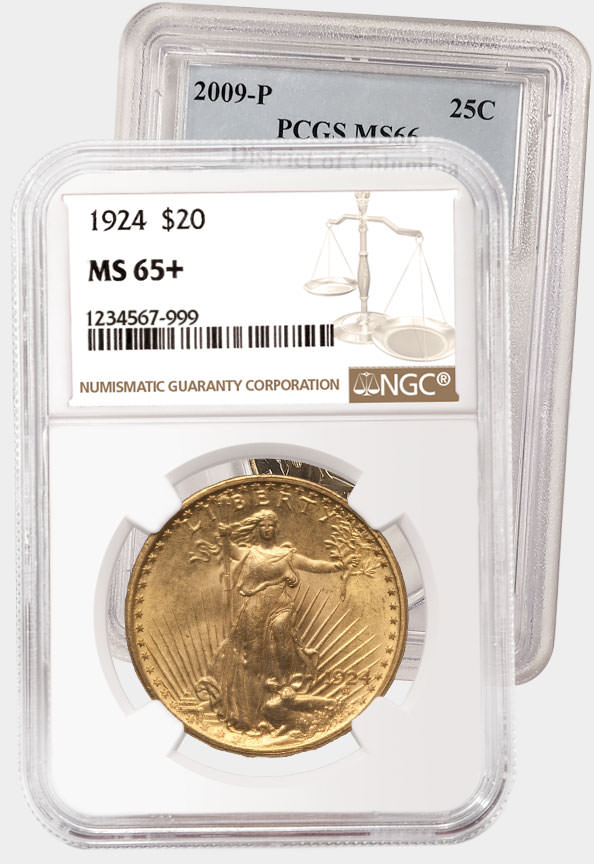NGC Ancients: Collecting Greek Coins on a Budget
Posted on 5/14/2019
As we saw in last month’s column, ancient Roman coins offer some unexpected opportunities for collectors at most every level of budget. This month we’ll focus on similar bargains available in the field of ancient Greek coins, many of which are available for $100 or less.
Just as last time, we’ll start with group lots offered at auction, which can be an excellent way to add to your collection at a low average price. Here are four examples from recent online auctions.
 |
Shown above is an interesting mix of Greek silver and copper coins from independent cities and kingdoms in Asia Minor. Most of the lot’s 16 coins are shown in the photo. It sold for about $225 – only $14 per coin.
 |
This group of Greek silver fractions includes a variety of types. Most were struck at mints in Western Asia Minor during the 5th and 4th Centuries B.C. The lot sold for just over $300, making it an average of about $24 per coin.
 |
Five square bronzes from Eastern Greek and Central Asian kingdoms were offered in the lot shown above. It realized about $175, breaking down to about $35 per coin.
 |
The condition of the six large Greek coins shown above – five being silver, one being billon – is not high, but neither was their price. The lot sold for a touch more than $350, making it about $60 per coin. To most collectors this would represent an excellent value for large ancient Greek silver coins.
Thankfully, not all budget-priced ancients come in large lots. Below are some excellent examples of interesting and historical Greek coins and the prices they realized.
 |
This silver tetrobol of the Chalcidian League, issued at Olynthus in Macedon, c.432-348 B.C., shows the head of the god Apollo and a cithara, a musical instrument. It realized the appropriate price of about $65.
 |
This silver triobol (or hemidrachm) of Sicyon, a city at the junction of the Greek mainland and the Peloponnesus, was issued between c.350 and 280 B.C. It shows a dove and a mythical beast, the Chimaera. Because of its modest condition, it fetched about $70.
 |
Hieron II, who from 275 to 215 B.C. ruled Syracuse and all of its territories in Sicily, issued this attractive copper Hemilitron. It shows the goddess Kore and a butting bull, and realized about $70.
 |
An uncertain king of the Phoenician city of Aradus struck this silver one-twelfth shekel early in the 4th Century B.C. It retains its original, dark patina and depicts the head of the god Ba’al-Arwad and a galley. Like the two coins shown previously, it brought about $70.
 |
A helmeted portrait of the goddess Athena is paired with a vigorous scene of the hero Heracles wrestling the Nemean Lion on this silver diobol of Taras, an important city in southern Italy. An excellent work of art, it realized about $75.
 |
The forepart of a lion with its head reverted is paired with a stellate pattern on this silver obol of Miletus in Ionia. It is an early Greek coin, having been struck between the late 6th and the early 5th Centuries B.C. It realized approximately $65.
 |
A standing goose, which looks back over its shoulder, graces the obverse of this silver diobol of the Macedonian city of Eion. It sold for less than $90.
 |
Struck on behalf of the famous Macedonian King Alexander III ‘the Great’ (336-323 B.C.) near the end of his lifetime, this silver drachm portrays Heracles and shows the god Zeus seated. It sold for almost exactly $100.
 |
A decidedly proud bull stands with a foreleg raised on this silver half-siglos struck c.350-300 B.C. at Byzantium, a Greek city at the entrance to the Black Sea. It realized about $70.
 |
Struck sometime between the 3rd and the 1st Centuries B.C. at the city of Dyrrhachium, on the northwest coast of Greece, this silver drachm shows a cow suckling her calf. The reverse shows a ‘double stellate’ pattern which has invited many suggestions for what it represents. The coin brought slightly more than $75.
 |
A distinctly shaped shield and a wine cup called a cantharus appear on this silver hemidrachm of c.425-375 B.C., struck at the city of Boeotia in central Greece. It realized about $70.
 |
We’ll end the survey with another readily available ancient Greek silver coin: a tetrobol of Histiaea, a city on the island of Euboea, which hugs the eastern coast of mainland Greece not far from Athens. It features the portrait of a nymph and a scene of a nymph seated on the prow of a galley. Attractive though it is, it realized a touch more than $75.
Interested in reading more articles on Ancient coins? Click here
Images courtesy of Classical Numismatic Group.
Stay Informed
Want news like this delivered to your inbox once a month? Subscribe to the free NGC eNewsletter today!
Add Coin
Join NGC for free to add coins, track your collection and participate in the NGC Registry. Learn more >
